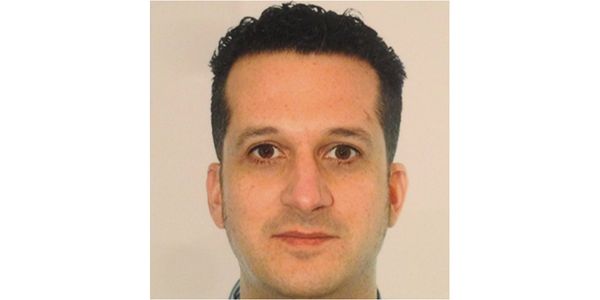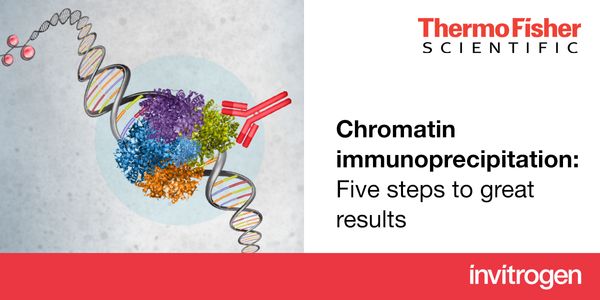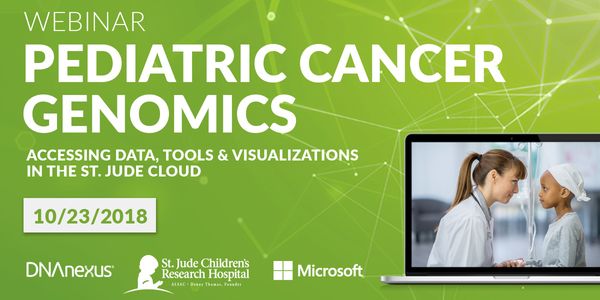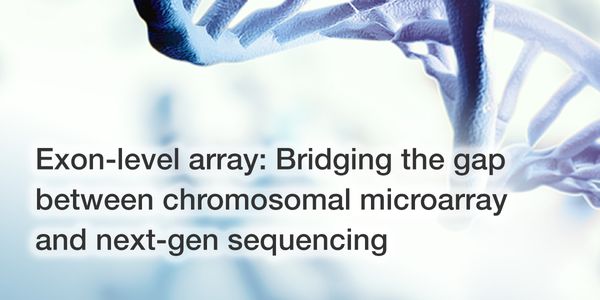Mutation
Mutation: the changing of the structure of a gene, resulting in a variant form that may be transmitted to subsequent generations, caused by the alteration of single base units in DNA, or the deletion, insertion, or rearrangement of larger sections of genes or chromosomes.
-
Joshua Gordon, M.D., Ph.D., Director of the National Institute of Mental Health, will provide an overview of challenges and opportunities in mental health research. Dr. Gordon will present em...
Advanced Cell Diagnostics’ RNAscope products and assay services are utilized widely for tissue-based gene expression analysis in early target validation, preclinical animal efficacy and...
Speaker:
Christopher Bunker, PhD
Second harmonic generation (SHG) is a biophysical method that sensitively measures real-time conformational change of biomolecules attached to membranes. SHG has recently been applied to dete...
NOV 20, 2018 | 7:00 AM
DATE: November 20, 2018TIME: 07:00 PSTSince its original development (2008) COLD-PCR has been used by several groups for increasing the sensitivity of mutation detection in di...
NOV 15, 2018 | 12:00 PM
Neuronal migration defects, including pachygyria, are among the most severe developmental brain defects in humans. Using human genetics approaches, we recently identified bi-allelic truncatin...
NOV 15, 2018 | 8:00 AM
CRISPR ribonucleoproteins (RNPs) can generate programmable gene edits, however imprecise editing and efficient delivery to human stem cells are key challenges. Here we describe novel biochemi...
NOV 15, 2018 | 7:00 AM
The use of human pluripotent stem cells (hPSCs) for in vitro disease-modeling is limited by the lack of robust and efficient protocols for the differentiation of relevant adult cell types. Pr...
NOV 15, 2018 | 4:00 AM
Development of physiologically relevant cellular models, with strong translatability to human pathophysiology, is critical for identification and validation of novel therapeutic targets. Cell...
With significant decrease in the cost of sequencing in numerous commercial as well as cancer center–driven initiatives, genomic profiling is increasingly becoming routine across multipl...
Speaker:
Bing Zhou, PhD
OCT 31, 2018 | 8:00 AM
DATE: October 31, 2018TIME: 8:00AM PDTChromatin immunoprecipitation (ChIP) is a technique researchers employ to obtain a snapshot of protein-DNA interactions in the cell. ChI...
OCT 23, 2018 | 10:00 AM
DATE: October 23, 2018TIME: 10:00am PDT, 1:00pm EDT Next-generation genomic sequencing is transforming what is known about pediatric cancer and how we treat patients. But eve...
Recent work has identified epigenomic features of distal regulatory elements to be dynamic and defining indicators of cellular specification and transformation. Of particular relevance is our...
Speaker:
Martin Hirst, PhD
Lung cancer is the leading cause of cancer-related mortality worldwide. Large-scale sequencing studies have revealed the complex genomic landscape of NSCLC and genomic differences between lun...
Speaker:
Nicholas McGranahan, PhD
The oncogenic transcription factor c-MYC (MYC) is deregulated, and often overexpressed, in more than 50% of cancers. MYC deregulation is associated with poor prognosis and aggressive disease,...
Speaker:
Jason De Melo, PhD
Decoding human genetic disease allows us to develop models of the pathology that can be directly tested with gene correction or targeted drug therapy. Dominant negative mutations are pa...
























